#ancient egyptian history
Text

The Ancient Egyptians were number 1 and the proof is in stone!𓉶
☀️⛰️☀️
#history#obelisk#ancient egypt#tekhenu#architecture#art history#benben#egyptology#monument#sun rays#ancient egyptian history#ra#egyptian mythology#landmarks#kemetic#architecture history#ancient#art#ancient egyptians#the unfinished obelisk#ancient history#herodotus#ancient egyptian art#nickys facts
34 notes
·
View notes
Text

Ah yes, the human sacrifices from the early period of ancient Egypt
Ritual human sacrifice
There was a time during the pre-dynastic and first dynasty period where they used to ritually sacrifice humans - it was either a survival of prehistoric cultural practices or an experiment of absolute power conducted by the first kings of Egypt. It was part of a few unusual aspects of early religion that may have belonged to a very ancient African substratum of Egyptian culture (another odd cultural thing was the reverence towards the royal placenta).

(picture from the book Early Dynastic Egypt, by Toby A. H. Wilkinson)
Picture 1:
This is a label of Aha from Abydos, showing a kneeling figure plunging a sharp weapon through the chest of a prisoner with his hands tied behind his back, supervised by a figure of authority (identified by the long staff). There is a bowl between the executioner and the victim to (possibly?) collect his blood. It was probably related to the fashioning of a ỉmỉ-wt (or Imiut) fetish, which in later periods was associated with Anubis.
The Imiut fetish, consisting of headless animal skin tied to a pole by the tail and terminating with a lotus bud:

Very little textual evidence survived about this ritual though so we don't really have the context behind it, welp.
Picture 2:
In this wooden label from Saqqara the ritual sacrifice seems to be realated to the fashioning of a falcon standard and a Imiut fetish (in this case both represented royal authority). This scene represents a formal presentation of cultic objects to the king.
There is a ms symbol (𓄟 which mean both to give birth and to form/create/produce) over the head of some people in the first register of the label forming a line or a parade before the serekh symbol of Djer (third pharaoh of the first dynasty)
The serekh symbol is a falcon mounted on a stylised palace façade and it was used in the early period to enclose the name of the king before it evolved to the more well known cartouche
Each of these people carried a different "totem" object:
A ladder-like object, which may be a reference to the ladder mentioned in the Pyramid Texts being used by the king to ascend to the stars
A mummiform figure
A large catfish (which was used to write Narmer's Horus name, he was the one who unified Egypt and became the first pharaoh of the first dynasty)
A pelican
The procession is followed by a man carrying a spear and immediately after him there's a human sacrificing scene almost identical to the one on picture 1.
Retainer sacrifices
Less relevant but let's talk a bit about this - the royal tombs of kings from Aha to Qa'a (first dynasty) were accompanied by burials of their servants either in rows or surrounding the king's tomb, each placed in according of the role or position the occupant occupied during the king's reign. Some of them (especially from Djed onwards) were named and possibly occupied the position of high officials, so not just simple servants. Important people.
Excluding Narmer, all kings of the first dynasty chose their favourite staff or household members to be killed (most likely strangled) and buried with him.
The practice fell out of use during the second dynasty when the royal cemetery of Saqqara became more used compared to the earlier Umm el-Qaab. And the diffusion of the ushabti.
I know. I know you recognised the term from the MCU show.
The usabtis in real life history were figurines that first appeared as a stand-in for the dead person, so once in the afterlife they could animate it with a spell and the ushabti would do all the jobs and tasks the deceased person used to do in life, thus letting them enjoy the afterlife and relax in the field of reeds.
It was first just one as a stand-in for the deceased but with time it became quite a common practice to include whole sets of them specialised for different jobs and with included supervisors.
Some example of ushabti figures:

#moon knight#moon knight comics#moon knight 2016#lemire#smallwood#bellaire#torres#francavilla#stokoe#xenon reacts#q tag#ancient egyptian#ancient egypt#ancient history#ancient egyptian history#ancient egyptian mythology
20 notes
·
View notes
Text
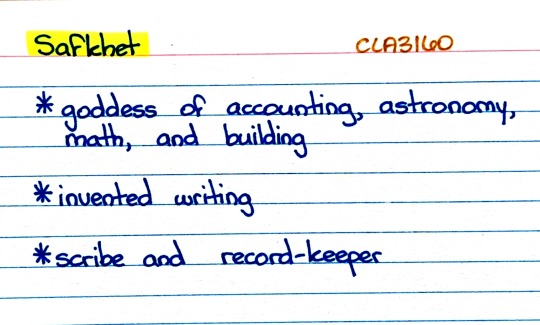
Patreon
#studyblr#notes#my notes#ancient egypt#ancient history#history#historyblr#egypt#egyptology#classical studies#classical egypt#mythology#egyptian mythology#egyptian history#ancient egyptian mythology#ancient egyptian literature#ancient egyptian history#archaeology#archeology#classical archaeology#classical archeology#egyptian literature#egyptian myths#note cards#flashcards#flash cards
2 notes
·
View notes
Text
𝐂𝐋𝐄𝐎𝐏𝐀𝐓𝐑𝐀!! 🐫
13” x 15” * hand-cut analog collage
(the last pharaoh of Egypt takes shit from no man)
#cleopatra#collage#analog collage#art process#cleopatra tomb#ancient egypt#ancient egyptian art#ancient egyptian history#marc antony and cleopatra#shakespeare#paper collage#collage on paper#artists on tumblr#TikTok#TikTok video#egyptian arabic#ahwak#collage aesthetic#collage art#collage artist#cut and paste#cut and paste collage#papercraft#prints available#women#divine feminine#feminist art#pharaoh#egyptian mythology#archaeological
9 notes
·
View notes
Text
Cairo or Alexandria: Which One is Better to Visit?
Cairo or Alexandria for visit in Egypt? Cairo and Alexandria are two of the most popular cities to visit in Egypt. Both cities have a rich history and a diverse culture, and they offer a wide range of attractions and activities for visitors. However, there are some key differences between the two cities, and it can be difficult to decide which one is the best choice for your trip. In this post,…

View On WordPress
#Ancient Egyptian history#Beach in Alexandria#Cairo vs Alexandria#Climate in Alexandria#Climate in Cairo#Comparison of Cairo and Alexandria#Cultural attractions in Alexandria#Cultural attractions in Cairo#Egypt#Egypt travel#Landmarks in Alexandria#Landmarks in Cairo#Mediterranean city#Tourist destinations in Egypt#Vacation in Egypt#Which is better: Cairo or Alexandria?
1 note
·
View note
Text
THE LAND BEFORE SNOW
IF TIME STANDS STILL ANYWHERE, IT’S AT BEDE. IF GHOSTS HAUNT ANYWHERE, IT’S IN BEDE HALL.
But ghosts are nothing compared to the challenges haunting a curmudgeonly building with a desire for eternal life.
BEDE HALL WAS ALIVE BUT EVEN IN BEDE, IMMORTALITY WON’T LAST FOREVER!
History comes and goes. Empires rise and fall, civilizations flourish and cultures collide. The laws of probability…

View On WordPress
#ancient Britain#Ancient Egyptian history#Anubis#Bede Hall#BOOK 4 of The Bede Series&039;#Chanticleer Book Reviews & Media#ghosts#Hadrian&039;s Wall#immortal cats#magic#middle grade#MIDDLE-GRADE FOR ADULTS#reincarnation#Sekhmet#Snow - a child ghost with amnesia#Snow Behind the Door#THE FURIES#the goddess Bast#THE GREAT SPHINX#the Green Man#Twinship#V. Knox author
0 notes
Video
youtube
Who Were the Hebrews? | Ancient Kemet, Rome and the Historical Hebrews
Mfundishi Jhutyms details the historical Hebrews and their relationship to Ancient Kemet.
0 notes
Text
youtube
Unveiling the Mysteries: Exploring Egypt's Ancient Ruins and its Fascinating History
#ancient egypt#valley of the kings#luxor temple#karnak temple complex#religious rituals#ancient egyptian deities#pyramids of giza#khufus pyramid#sphinx#ancient egyptian architecture#egyptian ruins#ancient egyptian history#archaeological sites#ancient civilization#pharaohs#abydos temple complex#giza pyramids#ancient egyptian pharaohs#ancient egyptian ruins#egypts ancient ruins#ancient egypt documentary#ancient egyptians#egypt#pyramids#Youtube
1 note
·
View note
Text
The Pyramid Builders, Book 3: Khaba by Max Overton
The third dynasty of the Old Kingdom of Egypt saw an extraordinary development of building techniques, from the simple structures of mud brick at the end of the second dynasty to the towering pyramids of the fourth dynasty. Just how these massive structures were built has long been a matter of conjecture, but history is made up of the lives and actions of individuals; kings and architects,…

View On WordPress
#Ancient Egypt#ancient egypt historical fiction books#ancient egypt historical fiction novels#ancient egyptian#ancient Egyptian civilization#ancient Egyptian history#ancient egyptian novels#AncientEgypt#ancientegyptian#ancientegyptiancivilization#ancientegyptianhistory#bookblogger#books#books about ancient civilizations#historical#historical fiction#pharaoh#pharoah fiction#reading#WritersExchangeEPublishing
0 notes
Text
hey if you're feeling bad today just remember that the ancient Egyptians knew to use the pulse as a measure of overall health, had pregnancy tests, practiced palliative care, used suture strips to close up gashes, and treated dislocated jaws and broken noses the same way we still do today
2K notes
·
View notes
Text
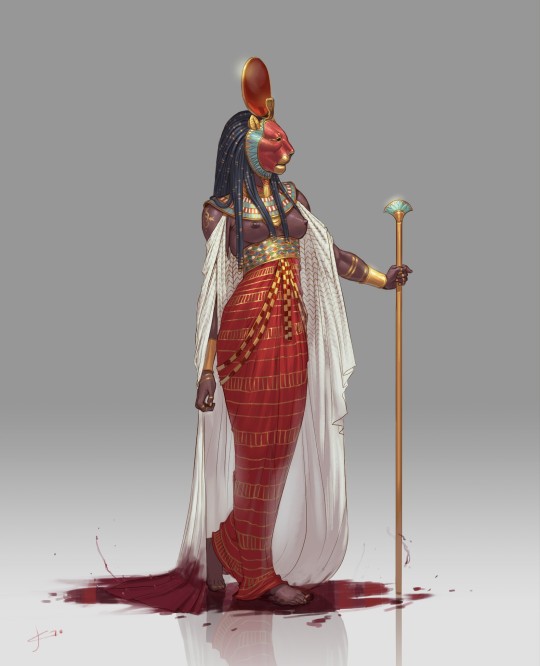
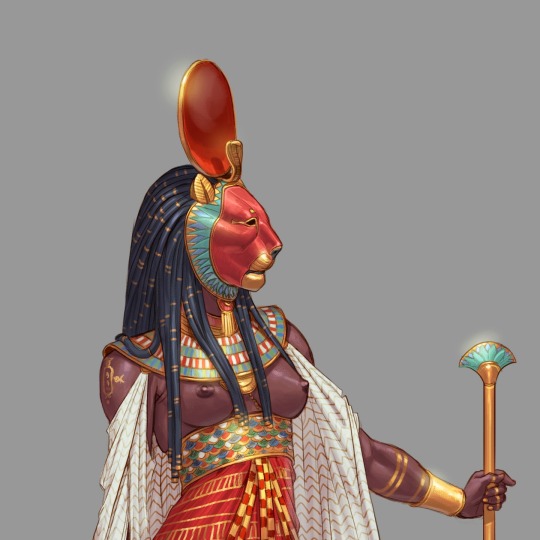
SEKHMET
First born of Ra. She was the lion goddess of war and vengeance. Also from disease and medicine. She was a symbol of strength and power, and it was said that her breath created the desert.
#art#drawing#illustration#sketch#design#gay art#concept art#comics#mythology#sekhmet#egypt#ancient history#ancient egypt#egyptian mythology#Egypt#ra#desert#goddess#egyptian gods#lion#lioness#digital portrait#digital drawing#digital painting#digital art#my art#my artwork#artists on tumblr#fantasy art#fantasy
5K notes
·
View notes
Text
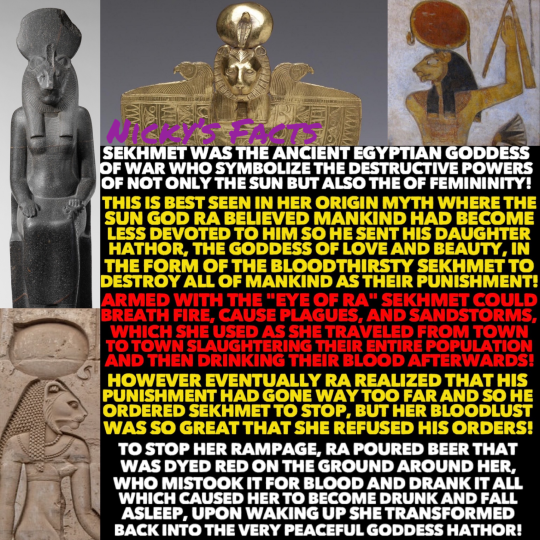
All praise the goddess Sekhmet, who exemplified the unstoppable power of femininity!𓁴
#history#sekhmet#ancient egypt#goddess#eye of ra#ancient history#egyptology#egyptian mythology#divine feminine#kemetic#ancient egyptian history#mythology#ra#sun#femininity#feminine power#grl pwr#ancient egyptians#womens history#myth#hathor#ancient kemet#ancient#girl power#feminine history#egyptian goddess#nickys facts
66 notes
·
View notes
Text
of course I will do it anyway since this is my blog and I write about what I want but it's always nice to see people being interested in it
8 notes
·
View notes
Text

Patreon
#studyblr#notes#my notes#ancient egypt#ancient history#history#historyblr#egypt#egyptology#classical studies#classical egypt#mythology#egyptian mythology#egyptian history#ancient egyptian mythology#ancient egyptian literature#ancient egyptian history#archaeology#archeology#classical archaeology#classical archeology#egyptian literature#egyptian myths#note cards#flashcards#flash cards
3 notes
·
View notes
Text

Statue of Princess Takushit, c.670 BC
5K notes
·
View notes
Text
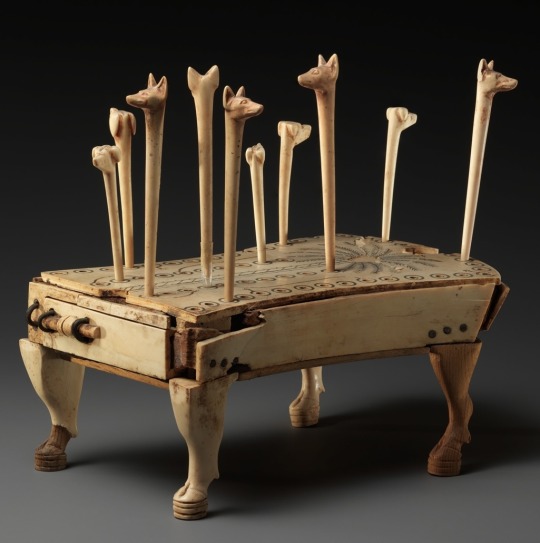
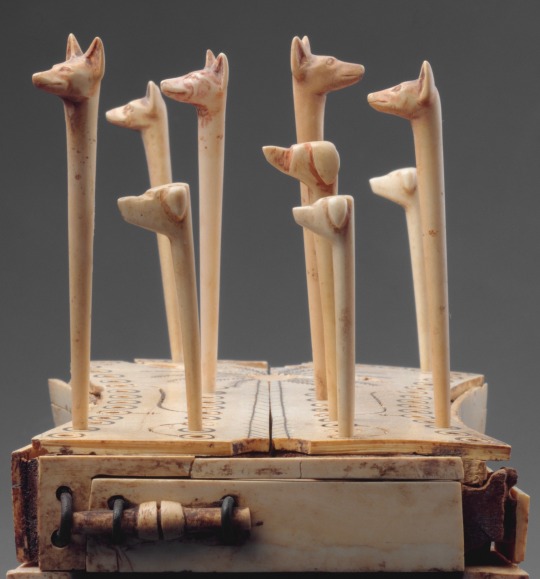
Egyptian
Game of Hounds and Jackals
Middle Kingdom, ca. 1814-1805 B.C.E.
#egyptian art#ancient egypt#ancient art#hounds and jackals#ancient history#artifact#antiquities#ancient people#ancient culture#egyptian history#egyptian culture#board games#chess#aesthetic#beauty#art history#aesthetictumblr#tumblraesthetic#tumblrpic#tumblrpictures#tumblr art#tumblrstyle#artists on tumblr#ancient artifacts
4K notes
·
View notes